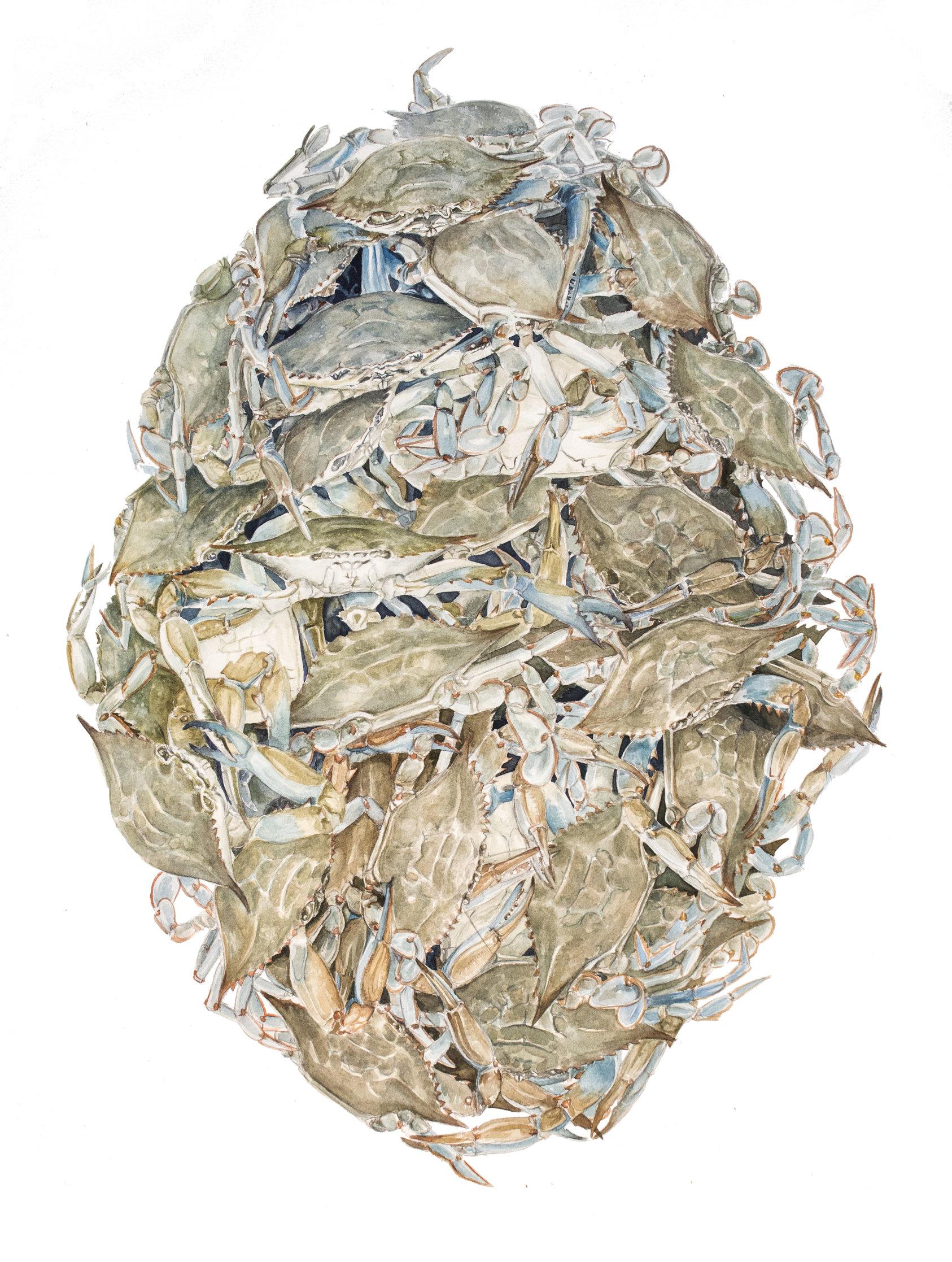by Kimberly Johnson
What is a line? This may be the most provocative question in poetry, because when one begins to pull at its thread, one realizes the slow unraveling of the hidden question it implies: What is poetry?
That’s not because poetry is indistinguishable from the fact of lineation. Any number of brilliant poems have dispensed with lineation and are pursuing the recurrences and patternings of poetry by other means—by syntax, by grammar, by sound. Indeed, as the protesters often say, some of my favorite poems are unlineated: Lyn Hejinian’s My Life; Christian Bök’s Eunoia; Italo Calvino’s Invisible Cities. But it may be because for so many readers the experience of poetry is identified by an encounter with the primary visual manifestation of a poem on the page: it’s in lines, so it must be a poem. While a few minutes in the Hallmark Cards section of your local supermarket may offer enough counterevidence for this assumption, I’d like to try to disambiguate lineation entirely from the generic expectations of poetry, and offer instead an approach to poetry that identifies lineation as one strategy among many that a poem uses to advance its irruptive, suspensive ends.
For when we talk about poetry, what we are talking about, fundamentally, is a kind of text that provokes readerly engagement with language as a material artifact. In other words, a poem is more concerned with how words say than with what words say. To that end, a poem offers a variety of devices and techniques designed to interrupt progress. If narrative prose relies on the reader’s propulsive progress toward a climax, a poem’s primary investments lie in arresting that progress, prompting the reader to stop, to turn back.
This is the directional logic that underlies such patterned techniques as rhyme and meter and other sonic effects. The recurrence of sound pulls the mind back to prior instances or appearances of the sound, drawing the attention backward. So too the recurrence of syntactic arrangements—repetitions like anaphora and other parallelisms. And, like each of these devices, the graphic positioning of words on a page, including but not limited to the line breaks that interrupt the horizontal progress of language and activate perceptions of the spatiality of text, intrudes perceptually into the accumulation of semiotic information. Poetic techniques work against the locomotive drive toward semiotic conclusion. And line is one of these techniques.
Line impedes the poem’s semantic unfolding, allows space to interpose itself into meaning. Line suspends our downward drop through content. It pulls us up. It parses grammar and disrupts the communication of sentences. It asserts itself against fulfillment—at least, climactic fulfillment. Instead, it offers an alternative mode of engaging with language, one that privileges musicality, balance, and silence over semantic sense. But if a poem dispenses with lineation, it still has a rich palette of impediments and irruptions available to it in the spectrum of poetic devices. Far from being causal or diagnostic of poetry, line is an effective and ostentatious poetic tool, one among many that the poet may choose.



